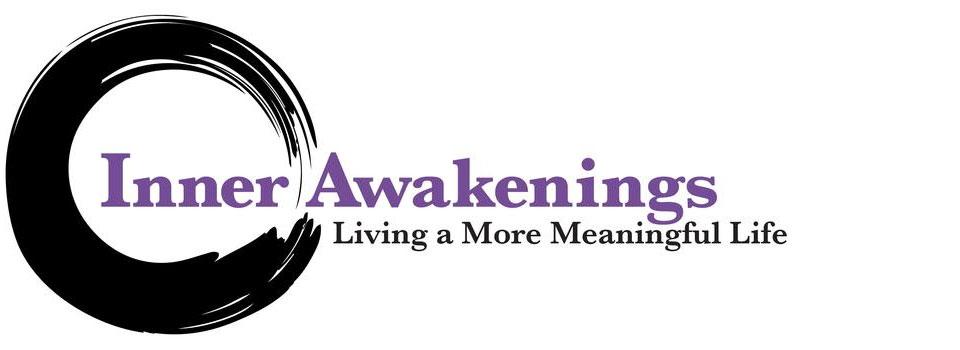How Long Can Residents Stay in a Sober Living Home

When you're considering a sober living home, one of the first questions that comes to mind is how long you can actually stay. It's not a one-size-fits-all answer—your personal journey, the structure of the house, and your recovery goals all play a part. Many wonder if there's a recommended timeframe for building true independence. Before you make any decisions, you'll want to know what influences these timelines—and what it means for your next steps.
Purpose and Role of Sober Living Homes
Sober living homes serve as an important transitional resource for individuals recovering from addiction, bridging the gap between treatment centers and independent living. These residences offer a structured, drug-free environment that supports sobriety through adherence to community rules and accountability.
Unlike treatment centers, sober living homes don't provide formal counseling services. Instead, they rely on peer support and group recovery activities to foster a supportive community.
Residents are encouraged to participate in 12-step meetings and maintain daily routines, which aids in developing relapse prevention strategies and achieving stability. This environment is designed to help individuals gain the independence necessary for a successful and sustained recovery.
Average Duration of Stay in Sober Living
The duration of stay in a sober living home varies and isn't fixed. On average, individuals tend to stay between 166 and 254 days.
Research indicates that a longer stay in sober living facilities is associated with improved relapse prevention, enhanced housing stability, and more positive outcomes in employment and substance abuse recovery.
Residents are generally encouraged to remain in these homes as long as they comply with house rules and require support before transitioning to fully independent living.
This arrangement allows individuals to establish a stable foundation in a supportive recovery community before advancing to the next stage of treatment or returning to their previous living situations.
Key Factors That Influence Length of Residence
The duration of residence in a sober living home varies depending on several factors that influence individual recovery journeys. Key determinants include personal recovery needs, the presence of any co-occurring mental health disorders, and the severity of substance use.
Progress in treatment and adherence to house rules are also crucial in deciding whether a longer stay is beneficial for preventing relapse.
For individuals lacking stable housing or a robust support network, an extended residence can offer necessary stability.
Additionally, those with a history of relapse or challenges in achieving independence may find prolonged support in a sober living environment advantageous.
Structure and Rules of Sober Living Facilities
Sober living homes are designed to offer a secure and structured environment conducive to recovery. These facilities implement clear rules and expectations for all residents, with the primary requirement being the maintenance of sobriety, supported by regular drug testing.
Residents are expected to engage in community activities such as support groups or household chores, which help establish a structured routine and foster a sense of collective responsibility. Additionally, curfews, visitor restrictions, and limitations on social activities are enforced to further support the recovery process.
Each facility clearly defines the consequences for rule violations to ensure transparency. Compliance with these rules is crucial for maintaining a supportive community and promoting long-term stability for all residents.
Benefits of Extended Stays for Recovery
Extended stays in sober living homes present several practical advantages for individuals in recovery.
A longer duration in such environments provides a stable setting conducive to relapse prevention and reinforces the foundation necessary for sustained sobriety.
During extended stays, residents have the opportunity to further develop essential life skills, establish robust social support networks, and improve their prospects for employment and stable housing.
Remaining in a sober living environment beyond the standard treatment timeframe helps to solidify the healthy habits cultivated during early recovery, thereby enhancing the likelihood of enduring change and reducing the risk of relapse into addiction.
Sober Living vs. Halfway Houses: Key Differences
Sober living homes and halfway houses, while appearing similar, serve distinct functions in the context of recovery and reintegration.
Sober living homes provide ongoing support, allowing for flexible stay durations, and emphasize long-term recovery from addiction. These residences typically operate on a peer-supported model and individuals choose to reside there voluntarily.
In contrast, halfway houses are more regulated, often meeting legal requirements, and serve as transitional housing following incarceration or inpatient treatment. Stays in halfway houses are generally shorter and governed by external mandates, focusing on reintegration into society rather than active participation in recovery or addiction support.
Typical Requirements for Residency
Understanding the differences between sober living homes and halfway houses is crucial for determining the requirements of residing in a sober living home.
Most programs mandate a minimum stay of approximately 90 days, though residents often find it beneficial to extend their stay.
Residents are typically required to comply with house rules, show consistent recovery progress, and engage in support programs.
The average duration of residence ranges from 100 to 254 days, but longer stays are recommended, particularly if an individual's situation necessitates additional support for establishing sobriety habits.
There's no maximum duration for staying, provided that the resident remains committed to their recovery and the community.
Costs and Financial Considerations
When planning a stay in a sober living home, it's essential to consider the associated ongoing costs. Rent typically ranges between $400 and $800 per month, varying based on the home's amenities and location.
This monthly rent usually covers utilities and the maintenance of shared facilities. It's advisable to confirm the specifics of what's included in the rent.
But does Medicaid cover sober living, and for how long? While some sober living homes offer sliding scale rates or accept insurance, the extent of Medicaid coverage can vary, so it's important to verify payment options in advance.
Additional expenses may involve support services or recovery programs that aren't included in the housing costs.
Establishing financial stability through a reliable income source is crucial to meet these expenses, allowing individuals to focus on their recovery without the added pressure of financial uncertainty.
Transitioning to Independent Living
Transitioning from a sober living home to independent living is a significant phase in the recovery process. This transition involves moving from a structured environment to one where individuals must rely on the habits and support networks they've developed during their time in recovery.
Before undertaking this transition, it's important to ensure that stable housing is secured and that there's a consistent source of income through employment or education. Additionally, having a plan for achieving financial independence is crucial.
Maintaining strong support networks is essential. Continuing to attend groups or meetings that contributed to recovery during rehabilitation can provide ongoing assistance and accountability.
The decision to transition should be based on a realistic assessment of readiness, health status, and the ability to maintain sobriety without the structured support of a sober living environment.
Successful independent living is an important milestone that can contribute to long-term stability and recovery.
Conclusion
When you’re considering a sober living home, remember that your stay usually lasts about 5 to 8 months, but ultimately depends on your unique needs and progress. The structure, support, and community you experience can greatly improve your chances of long-term recovery. Don’t rush the process—take the time you need to build stability and confidence before moving on to independent living. Prioritizing your sobriety now sets the stage for lasting success in your future.
